Inchmurrin is (confusingly) one of the brands of single malt produced by the Loch Lomond distillery near Glasgow. The brand is named after the largest island on Loch Lomond (the lake).
The custom stills at Loch Lomond are fascinating: By using a modified rectifying column instead of a traditional swan neck, the distillery is able to artificially “lengthen” the neck that condensing spirit vapor travels up before exiting the still. Making the neck longer results in lighter, fruitier, more floral spirit (the heavier compounds fall back into the pot), while making it shorter results in heavier spirit. This device, combined with the two traditional pot stills on site, allow the distillery to make (at last count) eight different styles of single-malt. Loch Lomond is also the only single malt distillery in Scotland to have a Coffey column still on site, allowing them to also make the grain whisky that goes into the company’s blends.
Nearly all of those eight single-malt styles (including Inchmurrin) have largely been resigned to blending stock over the years, but as is the case with many distilleries, Loch Lomond has begun revamping its range and focusing more attention on its variety of single malts. A change of ownership in 2014 is likely the reason why.
Inchmurrin is only mildly peated (six of the distillery’s malt styles have higher amounts of peat), and is considered to be Loch Lomond’s “light, floral, and grassy” style of single malt. The whisky is aged in a combination of three types of ex-bourbon casks: First-fill, refill, and recharred which are then vatted together for bottling. The final whisky is bottled at 46% ABV and without chill filtration. (Color is not mentioned, but by the look of the liquid I doubt the color has been altered.)
Nose: Initially very shy: A rest in the glass is a must. Caramelized sugar, toffee, oily black pepper, very subtle smoke. The smoke note reminds me of spent campfire (cooled charred logs), not peat. Desserty, but in a complex, contemplative way.
Palate: Moderate body, not quite syrupy. Caramel again, this time drizzled over bananas foster. Mild tongue burn despite the 46% ABV. A reprise of the “burnt caramel” notes from the aroma, plus the aforementioned banana, but not much else.
Finish: Medium-long. Smokier, now, like an active fire in a rustic fireplace. Slight bitter barrel char. Drier, without those sweet caramel notes. Fades slowly, but without added flavors.
With Water: A few drops of water make the aroma a little sweeter but add nothing new. The palate is thinner, but the finish is rounder and better-balanced with some of those sugary notes. Water doesn’t hurt here.
Overall: Not forgettable, but also not particularly challenging. I like the interplay between the caramel (which reminds me heavily of “burnt caramel” syrup) and the mild smoke, but I’m not sure it would support me through an entire bottle.

About The Distillery
This Highland distillery, which lies just over the line from the Lowlands, was established in 1966. An odd duck among malt distilleries, Loch Lomond has two pairs of pot stills fitted with rectification columns (despite confusion with the name, these are not Lomond stills), as well as a separate continuous column still. This allows the distillery to make malt OR grain whisky, or a combination thereof (thus, a “single blend”). Also unlike most other scotch distilleries, Loch Lomond has been experimenting with winemaker’s yeasts instead of brewer’s yeast. Process water comes, appropriately, from Loch Lomond, the lake with the same name. Loch Lomond, with its inbuilt variety, produces several single malts including Inchmurrin, Loch Lomond, and Old Rhosdhu. It also produces several blends, including The High Commissioner blend.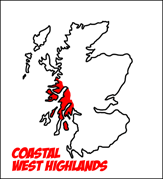



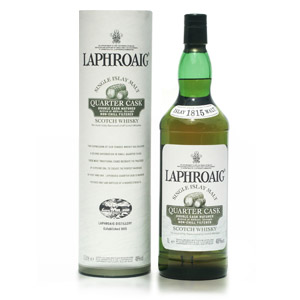
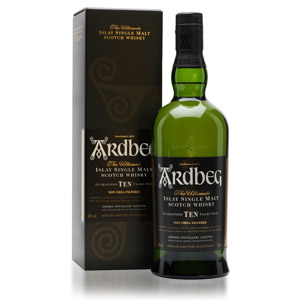
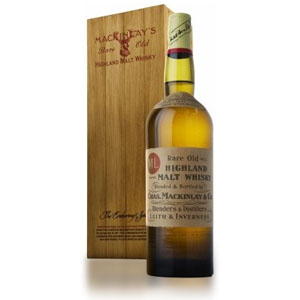
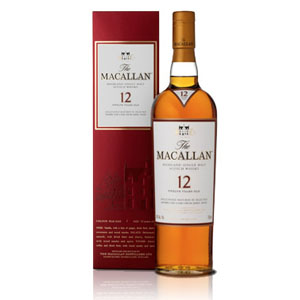

Thanks for this review. This definitely an interesting distillery. I’ve had Inchmoan 12, Loch Lomond 12 and Inchmurrin Madeira from them in the past and they we’re intriguing and quite different from each other. I’d been debating on this one .
My (limited) experience with Loch Lomond has been favorable. I am fascinated by the fact they can produce both blended whisky and single malt whisky at the same distillery. I received a mini six pack not too long ago. The NAS Signature and Reserve we’re both blends and both terrible, are priced at less than $20 a bottle. The NAS Original, however, was a single malt and a represented a big step up in quality. The age stated 12 year old expression bottled at 46% would knock the socks off any other standard 12-year-old offering such as Glenlivet, Glenfiddich, Balvenie etc. The 46% 18 year old was even better. It featured a ribbon of smoke and a multidimensional finish that absolutely represented its 18 year each age statement. Not to mention that it can be found for less than $70. And my pack came with a 17 year old high strength “organic” expression that was simply magnificent and reminded me of the old Arran 14. I’ve also been impressed by some of the peated varietals, specifically Croftengea and Inchfad – both exceeded expectations. As far as quality to price ratio, Loch Lomond is deserved of the highest rating.